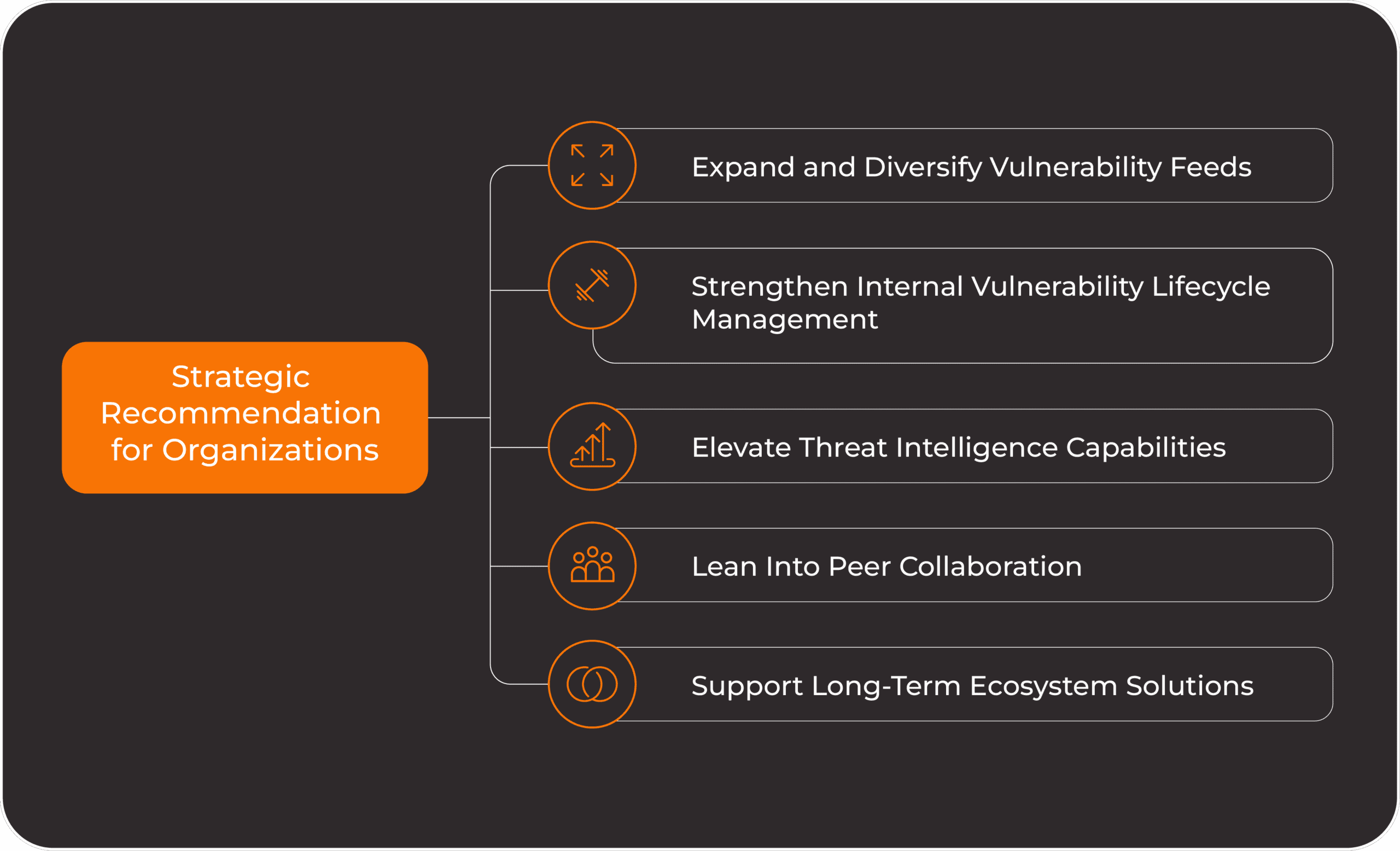The cybersecurity landscape faces an important shift. The U.S. government’s recent decision to renew MITRE’s contract to operate the Common Vulnerabilities and Exposures database (CVE database) reassured many across the cybersecurity community. Still, the uncertainty leading up to the renewal exposed an operational gap: over-reliance on a single, centralized system for vulnerability coordination. That short-term ambiguity strained workflows, introduced risk, and highlighted a need for more resilient strategies among cybersecurity and tech teams.
At its core, this event is a signal. A warning that even foundational systems like CVE are not immune to disruption. And while the renewal provides relief, the time is right to reconsider how vulnerability and threat intelligence are managed. In a field defined by constant change, adaptability is more than a strength; it is a requirement.
What the CVE Program Means for Cybersecurity Teams
The Common Vulnerabilities and Exposures definition outlines a shared naming system for publicly disclosed software vulnerabilities. Since its start in 1999, the CVE program has helped security teams coordinate quickly and consistently. Nearly every scanner, monitoring tool, and compliance framework relies on CVE IDs. Over time, this trust turned into dependence.
At the same time, frameworks like the MITRE ATT&CK model and the MITRE kill chain have provided structure for understanding how attackers behave. The contrast between the cyber kill chain vs MITRE ATT&CK reflects different ways to visualize threat progression. The two models often work hand-in-hand. The CVE database, in many cases, feeds the starting point for detection and remediation within those models. A disruption in CVE threatens that alignment.
Actionable Steps for Organizations Moving Forward

1. Expand Vulnerability Intelligence Sources
Depending on a single feed is no longer enough. To maintain situational awareness, organizations should:
- Integrate vulnerability data from sources like vendor-specific advisories, exploit databases, open-source feeds, and community alerts.
- Monitor the National Vulnerability Database (NVD), CERT bulletins, and security research communities.
- Join industry-specific information sharing groups such as ISACs.
Building intelligence diversity helps protect against gaps or lags in the CVE database and reduces risk of missing critical updates.
2. Strengthen Internal Vulnerability Management
If the CVE program were paused or delayed, how would your team respond? Internal lifecycle management is key. That means:
- Maintaining a real-time asset inventory and mapping exposures using alternate identifiers if needed.
- Building strong patch management programs based on severity and exploitability, not just CVE presence.
- Designating roles to track vulnerability intelligence daily and triage risk without waiting for standardized IDs.
Read how one of our clients did this in practice: Rebuilding a Patch and Vulnerability Program.
3. Advance Threat Intelligence Maturity
As threat actors adapt, teams must move beyond basic alerting. Mature intelligence practices include:
- Adopting platforms that consolidate threat data across sources, including deep web and social channels.
- Training analysts to perform independent assessments of new exploits.
- Using automation to draw links between Indicators of Compromise, even when CVEs are missing or delayed.
For tips on training your team to support advanced detection, check out our article on Secure Development Training.
4. Support Collective Defense and Peer Collaboration
In the absence of a central record, trusted partnerships matter more:
- Join cross-functional simulations to test response to unknown or ambiguous threats.
- Share verified exploit data with peers to validate risks faster.
- Contribute to open-source or industry threat intelligence platforms.
5. Advocate for Resilient Cybersecurity Infrastructure
Even as MITRE retains stewardship of CVE, the funding scare shows how fragile public cybersecurity resources can be. Long-term protection means:
- Engaging with public-private initiatives to support foundational tools like CVE.
- Evaluating decentralized approaches that allow multiple contributors to sustain critical security intelligence.
- Working with standards bodies to align vulnerability data even when sources differ.
MITRE ATT&CK Framework Explained in Context
The MITRE ATT&CK framework explained simply: it is a structured list of known adversary tactics, techniques, and procedures. By mapping incidents to this model, teams improve their response, visibility, and defense strategies. Some common MITRE ATT&CK use cases include:
- Improving threat hunting strategies
- Evaluating detection coverage
- Guiding simulation exercises
When integrated with CVE or similar feeds, the MITRE ATT&CK model helps prioritize alerts based on how real-world adversaries behave. If the CVE data is delayed, mapping directly to behaviors can still keep defenses active.
Responding Now, Planning Ahead
While the CVE program remains intact, the near lapse teaches a valuable lesson. Resilience is not about waiting for a fix; it is about planning for volatility. Vulnerability intelligence must become more agile. Frameworks like MITRE ATT&CK will continue to play a central role, but so will diversified sourcing and community-based validation.
Security teams that take this moment seriously will be better positioned to manage future disruptions, whether those are from changes in funding, regulation, or technology. This is not the end of central threat management systems; it is a warning to build stronger systems internally and externally.
Ready to strengthen your threat and vulnerability programs?
Kalles Group works with tech and cybersecurity leaders to build agile, modern strategies. From patch management to advanced intelligence programs, we offer the insight and hands-on support to strengthen your defense now, and down the line.
Start a conversation with us today to plan your next step.

